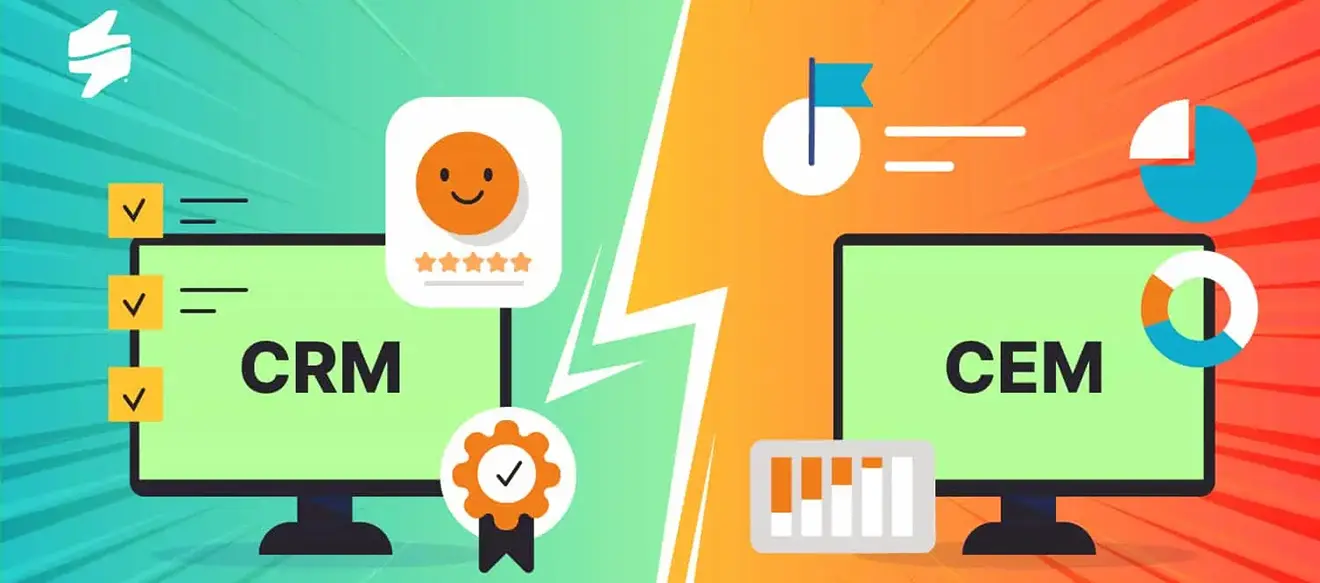
In today's business world, customer focus plays a crucial role. Two important concepts in this area are CRM (Customer Relationship Management) and CEM (Customer Experience Management). This article explores the key differences between these concepts and how they are implemented in software solutions.
CRM is a system used to manage a company’s interactions with current and potential customers. Its goal is to optimize sales, marketing, and after-sales service processes.
CEM focuses on customer emotions, perceptions, and the overall experience during interactions with a brand. Its goal is to create a positive and memorable experience for customers.
At the software level, CRMs typically include modules like contact management, sales tracking, customer support, and reporting. CEM platforms, on the other hand, offer tools for sentiment analysis, real-time feedback, and customer journey mapping.
Customer 360 Profile: A unified view of customer data including purchase history, interactions, preferences, and feedback.
Marketing Automation: Automatically send emails, SMS, and personalized offers based on customer behavior.
Support & Ticketing System: Quickly handle customer issues through ticketing or live chat systems.
Sentiment Analysis: Identify positive, negative, or neutral sentiment in messages, emails, or reviews.
Customer Journey Mapping: Track touchpoints and optimize the experience across the customer’s journey.
Lead Scoring System: Score and prioritize leads to focus sales efforts more effectively.
Interactive Dashboards & Reporting: Access real-time reports on team performance, sales, and customer satisfaction.
Survey & Feedback Management: Design, send, and analyze surveys to collect real-time customer feedback.
AI-based Recommendation Engine: Recommend relevant products/services using AI and machine learning.
Omnichannel Support: Integrate communication channels such as phone, email, chat, and social media.
Although CRM and CEM serve different purposes, together they can provide a comprehensive and integrated customer experience. Choosing between them depends on the organization's needs and strategic goals.